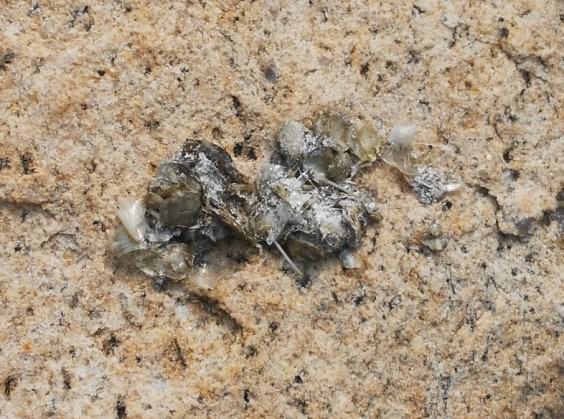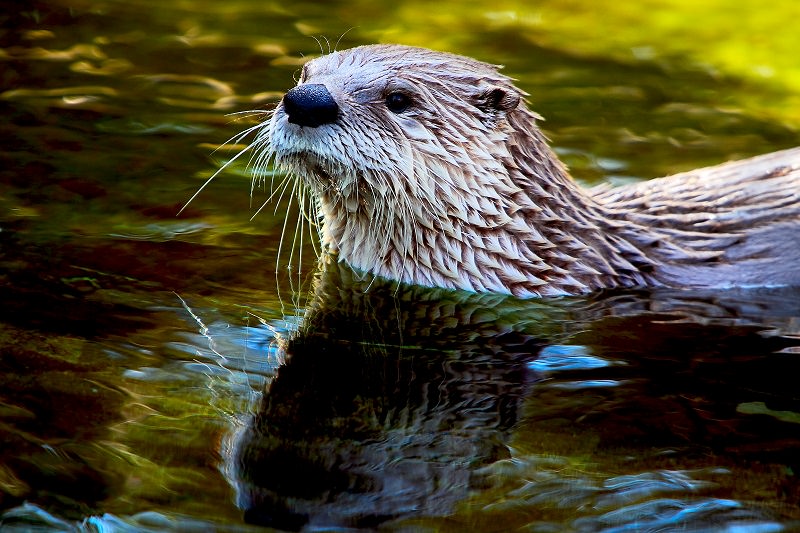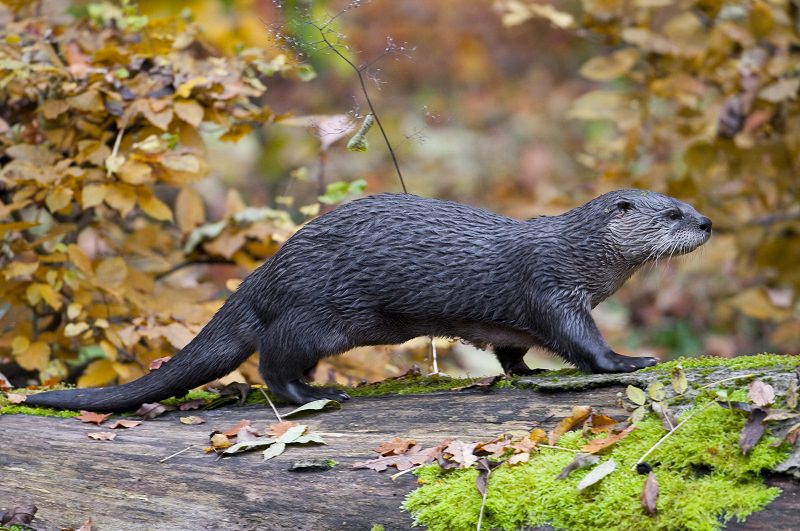World Otter Day 2018
30 May 2018 is the World Otter Day. Hong Kong is home to the inquisitive, playful and intelligent Eurasian Otter. Highly elusive, otters have been occasionally captured on researchers’ camera traps, but few people have seen them in the wild.

Here are some brief facts about this intriguing mammal:
What do they eat? They are a top predator in wetland and aquatic ecosystems. Their favourite food is fish, but will also take crabs, birds, small mammals, and frogs.
Where do they live?They are found around the fishponds and mudflats of Deep Bay in northwestern New Territories. They live in burrows called holts. Their holts are either natural or dug by other animals; and are located on river banks and have several entrances with at least one above the water level just in case of flooding.

Are they good swimmers? Yes, they are also never far from water. You can tell by their webbed feet and flattened oar-like tail. Both of which help propel and steer them through the water. They also have highly sensitive whiskers, which helps them detect prey in murky waters.
What do their droppings look like? Otter’s droppings are called spraints. Otters place their spraints strategically on visible objects to mark their territory. These can be natural objects like logs, or artificial objects like piers. Their spraint contains fish scales and bones that cannot be digested. The presence of spraints hints that otters are in the area, and provides scientists with an insight into what otters have eaten. Some say their spraint smells like jasmine tea.

The spraints of the Eurasian Otter
How do you tell Eurasian Otters from Small Asian Mongoose? The two species are often mistaken for one another. Eurasian Otters are larger than Small Asian Mongoose. Eurasian Otters have blunt snouts, while Small Asian Mongoose have pointed snouts. Small Asian Mongooses are active in the daytime, while Eurasian Otters tend to be nocturnal (elsewhere in the world they are diurnal - active in the daytime -, but in heavily disturbed places like Hong Kong they have changed their sleeping habit to avoid human disturbance). Eurasian Otters are completely at home in the aquatic environment, whereas the Small Asian Mongooses live on land.


Euransian Otters
_2.jpg)
_3.jpg)
Small Asian Mongoose
What do we know about otters in Hong Kong? Not much. There is much for ecologists to learn about their population and behaviour.

An Eurasian Otter captured by a camera trap installed by the Agriculture, Fisheries and Conservation Department in Hong Kong. (Photo credit: AFCD)
Please click and enlarge the following infograhics.



